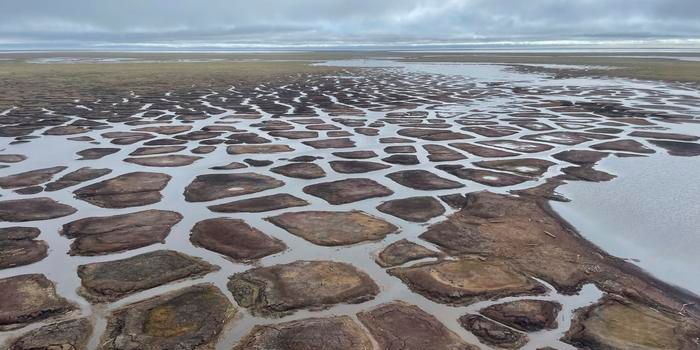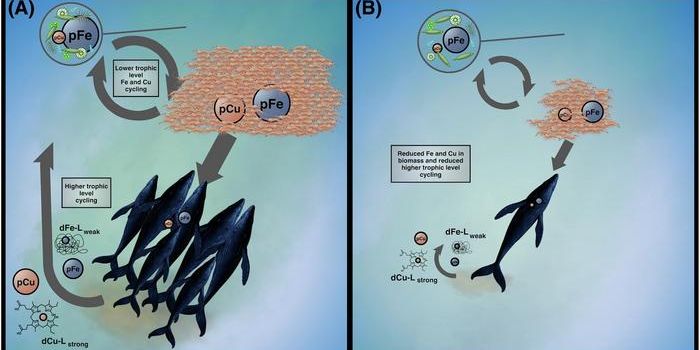How cold was the last ice age?
Two new studies suggest that Earth’s most recent ice age, which occurred approximately 20,000 years ago, was not quite as bone-chillingly freezing as we have always thought. According to the studies published in Science and Journal of Geophysical Research: Atmospheres, which analyzed Antarctica ice cores, the eastern region of the continent experienced warmer (but by no means warm) temperatures during our planet’s most recent glacial era.
Both studies were led by University of Washington glaciologists and a team of scientists hailing (no pun intended) from South Korea, Russia, France, Switzerland, Denmark, Italy, the US and the UK. "The international collaboration was critical to answering this question because it involved so many different measurements and methods from ice cores all across Antarctica," noted second author T.J. Fudge, a UW assistant research professor of Earth and space sciences.
Previous estimates have placed ice age temperatures in Antarctica at an average of 11 degrees C colder than current temperatures, and as much as 11 degrees C colder in West Antarctica. Now the Science study is suggesting that temperatures at some locations in East Antarctica were only 4 to 5 degrees cooler (so still on the extreme chilly side, keep those mittens on!).
"This is the first conclusive and consistent answer we have for all of Antarctica," said lead author Christo Buizert, who is an assistant professor at Oregon State University. "The surprising finding is that the amount of cooling is very different depending on where you are in Antarctica. This pattern of cooling is likely due to changes in the ice sheet elevation that happened between the ice age and today."
"Both studies show much warmer temperatures for East Antarctica during the last ice age than previous work -- the most recent 'textbook' number was 9 degrees Celsius colder than present," said co-author on both studies Eric Steig, a UW professor of Earth and space sciences. "This is important because climate models tend to get warmer temperatures, so the data and models are now in better agreement."
In their analysis of seven ice cores from across West and East Antarctica, the researchers also found that ice age temperatures at the southern pole close to the Antarctic continental divide were roughly 6.7 degrees Celsius colder than current temperatures. Their findings help to support current climate models and fill in gaps.
"As we drill more Antarctic ice cores and do more research, the picture of past environmental change comes into sharper focus, which helps us better understand the whole of Earth's climate system," Fudge concludes.
Sources: Science, Journal of Geophysical Research: Atmospheres, Science Daily








